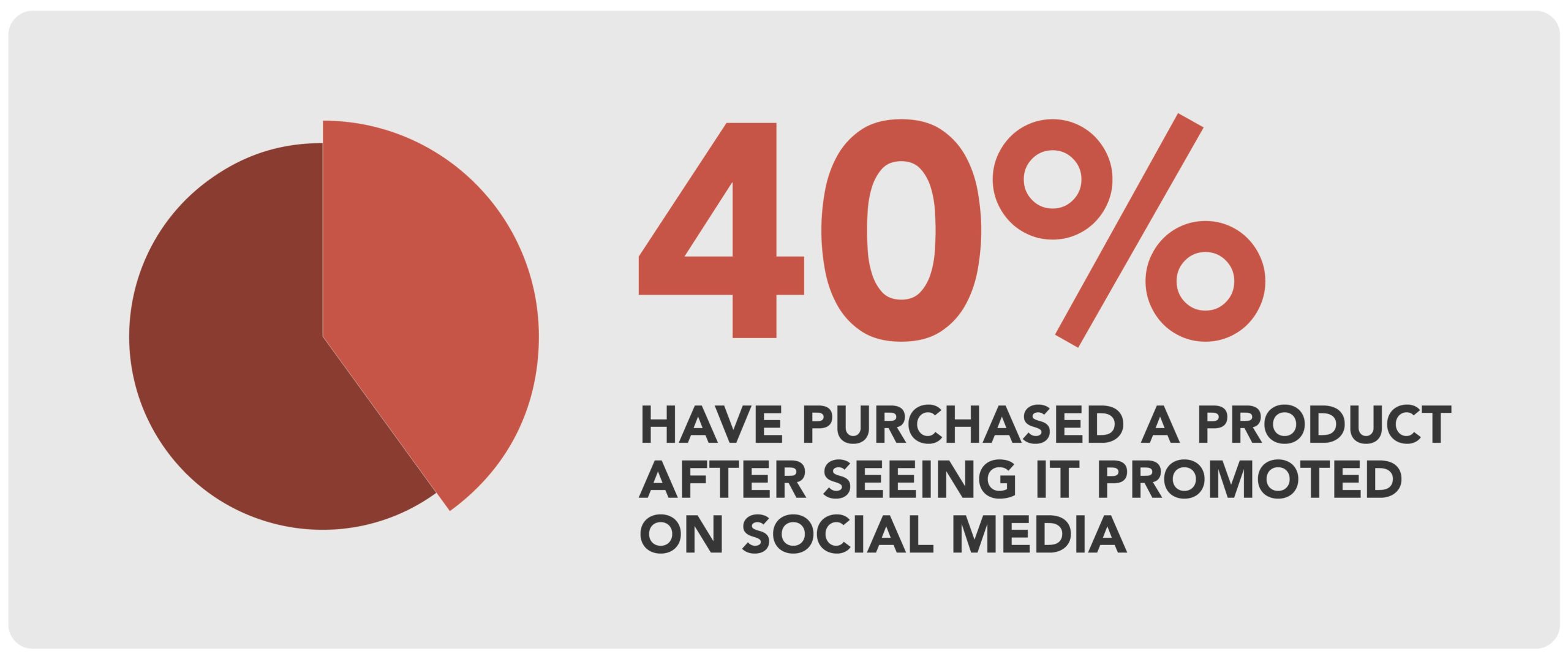When it comes to running a business in the modern world, having a social media presence is non-negotiable. But some brands take it a step further by leveraging influencer marketing. If your company is considering implementing this strategy as part of an overall promotional plan, we’ve got you covered. Here’s what you should know about influencer marketing, including success rates, best practices, and helpful pointers for getting started.
Does Influencer Marketing Work?
Influencer marketing is more than just hype. Social Media Today reports that 94% of brands find the strategy effective. With proper execution, it can provide a substantial ROI and be a mutually beneficial opportunity for your influencer partners. Not only does influencer marketing work, but in some cases, it can be more effective than other types of advertising. Roughly one-third of consumers trust traditional ads, whereas about half rely on recommendations from influencers when buying products or services. According to Digital Marketing Institute, 40% have purchased a product after seeing it promoted on social media. The strategy can be particularly helpful for DTC (direct-to-consumer) companies and startups trying to build brand awareness.
 Influencer Marketing Best Practices
Influencer Marketing Best Practices
Are you ready to harness the power and value of influencer partnerships? The following best practices can help you get your marketing campaign off on the right foot.
Partner with Influencers Who Align with Your Brand
This might seem like a no-brainer, but one of the most important things is to select influencer partners who align with your brand. After all, they’ll become a voice for your company. We also advocate that you look for influencers that align with your company’s values. Because you will be looking to influencers as extensions of your voice, make sure you find influencers who embrace your brands mission and purpose.
Lifestyle influencers can be suitable for a wide range of industries, like home goods, personal hygiene products, travel, and tech. It can often be more powerful to also reach out to people who already create content within your niche. For instance, if you offer online streaming workouts, you may want to partner with a fitness influencer, as their audience will likely align with your target market.
Find a method that works for you. We often start the search very narrow on those niche influencers and slowly expanding out to the broader reaching lifestyle influencers.
Consider Micro-Influencers
Your partnerships don’t have to be with celebrities or even people with hundreds of thousands of followers. Micro-influencers, who have between 1,000 to 100,000 social media followers, actually have higher relative engagement than those with larger audiences. Over 80% of consumers say they’re very likely to act on a recommendation from a micro-influencer, and upwards of 60% say the content is the most relatable. So, if you’re striving for authenticity and better engagement, partnering with people with modest follower counts might be your best bet.
Craft Personal, Enticing Outreach Messages
Once you’ve compiled a list of influencers you’d like to work with, it’s time to reach out to them with a pitch. This is your chance to explain what your brand is all about and how a partnership will provide value to each influencer. Seasoned influencers often ignore messages that appear copied and pasted, so try to make it personal. Also, be sure to clearly outline the benefit to them and why you think they align with your brand. Lastly, the first message should be relatively concise. You can hash out all the details if they respond to your message requesting more information.
Set Specific Goals
As with all marketing strategies, it’s important to set goals. Clearly define your KPIs (key performance indicators), and be sure they’re measurable. In other words, “increased brand awareness” is probably too vague. Would you like to see more sales, sign-ups, social media follows, or post engagement? These goals should have clear metrics before launching your influencer marketing campaign.
Encourage Authentic Posts
We also recommend encouraging your influencer partners to create authentic posts. In some cases, brands draft copy or video messaging for their partners, but this method can come off as insincere.
The beauty of influencer marketing is that, when done right, consumers don’t feel like they’re looking at an ad. That’s why it’s so crucial to allow your partners to write their own captions, take their own photos, and talk freely about your product or service. This is again why choosing influencers that align with your values is key.
Go Beyond Social Media
Influencer marketing isn’t limited to social media posts. You might consider reaching out to partners to write sponsored blog posts or become a sponsor for a podcast that aligns with your brand. For example, if you offer life insurance, you could partner with mommy bloggers or a personal finance blog. Or if you sell nutrition bars, you could reach out to wellness podcasters who can include a spot about your product.
Don’t Forget Disclosures
Though influencer content often doesn’t feel like a real commercial, it’s still advertising, so you’ll have to abide by FTC rules. This means all posts have to have a disclosure indicating that the influencer was compensated. For social media posts, a disclosure can be as simple as including #ad in the caption. It can also say something like “Paid for by [your brand]” or “Paid promotion.” For videos and blog posts, it should be stated at the beginning. Want help mapping out your influencer marketing strategy or developing your social media plans? Connect with our digital marketing agency to see if we’re a fit for your brand.

